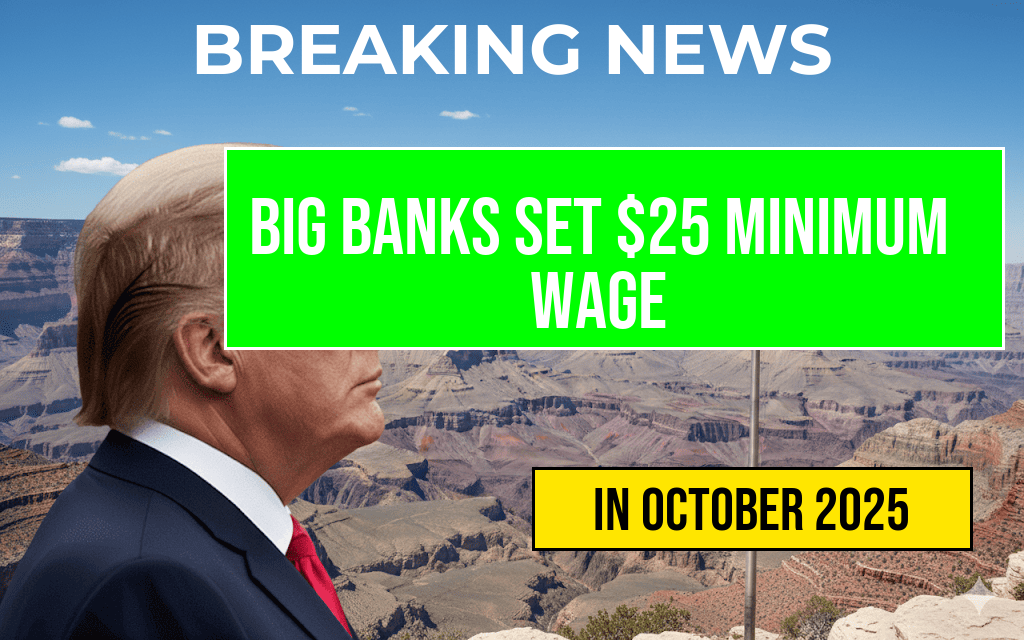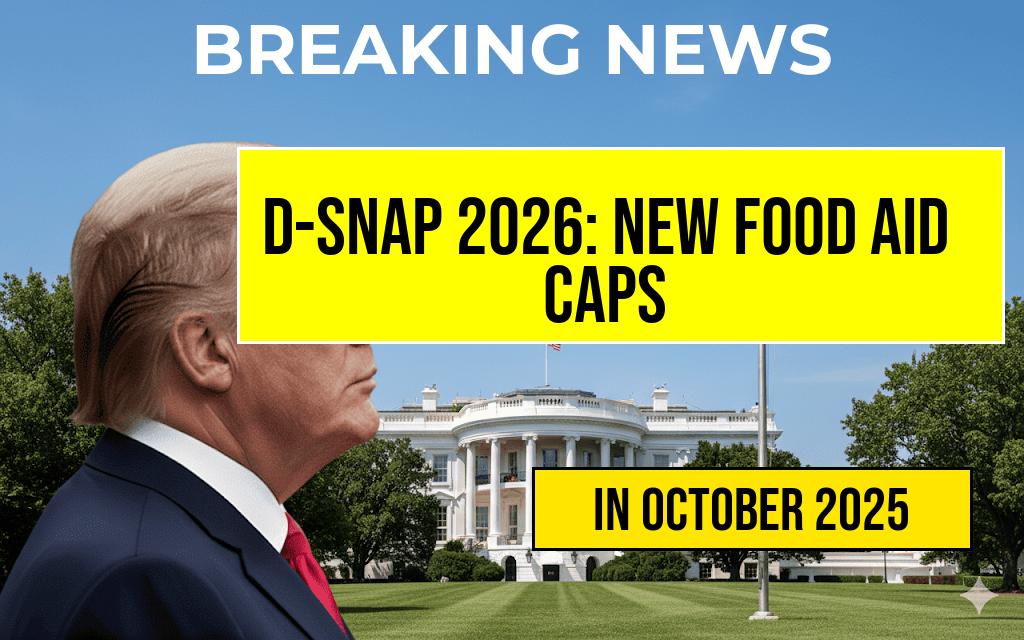In a significant move that could reshape the labor landscape in the banking industry, Bank of America (BofA) has announced a minimum wage of $25 per hour for its employees. This decision not only aims to attract and retain talent but also intensifies competitive pressure on rival banks to follow suit. As the labor market becomes increasingly competitive, especially in sectors like finance, BofA’s commitment to a higher wage reflects a broader trend among major corporations to enhance worker compensation. This announcement comes amid ongoing discussions about wage growth and living standards in the U.S., prompting other financial institutions to evaluate their own pay structures.
Labor Market Dynamics and Implications
The banking sector has long been scrutinized for its compensation practices, particularly in the wake of the pandemic, which has altered employee expectations around pay and benefits. By establishing a $25 minimum hourly wage, BofA is positioning itself as a leader in the industry, potentially forcing competitors to reconsider their wage policies. This move not only addresses the immediate need for higher wages but also reflects a strategic approach to talent acquisition and retention.
Competitive Responses from Rivals
As BofA sets a new standard, other major banks may feel compelled to respond. Institutions like JPMorgan Chase, Citigroup, and Wells Fargo could be pressured to increase their minimum wages to remain competitive in attracting top talent. The implications of this wage hike extend beyond just employee satisfaction; they could influence the overall economic landscape by increasing disposable income for workers in the sector.
- JPMorgan Chase: Currently offers competitive salaries but may need to reassess its minimum wage strategy.
- Citigroup: A notable player that could face pressure to match BofA’s wage increase.
- Wells Fargo: Known for its diverse workforce, it may also consider revising its pay structure to attract new talent.
Wider Economic Context
The decision by BofA comes at a time when wage growth is a central topic in national discussions about economic recovery and inflation. With rising living costs, particularly in urban areas, many employees are advocating for higher wages to keep pace with inflation. BofA’s wage increase could set a precedent that may ripple through various industries, encouraging other sectors to boost wages in response to rising employee demands.
The Role of Technology and Automation
Interestingly, the banking sector is also undergoing significant technological changes, with automation playing a crucial role in service delivery. As banks invest in technology to streamline operations, they may find themselves in a position to offer higher wages while maintaining profitability. This balance between technology and human capital will be essential for sustaining business growth and employee satisfaction.
Potential Challenges Ahead
While BofA’s wage increase may benefit employees, it also presents challenges. For instance, higher wages could lead to increased operational costs, which may ultimately impact the bank’s profitability. Additionally, there is the question of how this move will affect entry-level positions and overall job creation within the sector. As banks adjust their compensation strategies, they may need to consider the long-term implications on their business models.
Stakeholder Reactions
Reactions to BofA’s announcement have been mixed. Employee advocacy groups have praised the move as a step in the right direction, highlighting the importance of fair wages in today’s economy. Conversely, some industry analysts express concerns about the potential impact on small banks and credit unions, which may struggle to compete with larger institutions capable of absorbing higher wage costs.
| Bank | Current Minimum Wage | Projected Response |
|---|---|---|
| Bank of America | $25/hour | Maintain or increase |
| JPMorgan Chase | $20/hour | Possible increase |
| Citigroup | $21/hour | Review policies |
| Wells Fargo | $19/hour | Evaluate response |
As the banking industry navigates these changes, the focus will likely remain on how wage increases can coexist with technological advancement and market competitiveness. The stakes are high, not only for the financial institutions but also for the millions of employees whose livelihoods depend on these decisions.
For further information on wage trends and economic impacts, you can visit Wikipedia or check out analyses on Forbes.
Frequently Asked Questions
What is the significance of the $25 minimum wage at Bank of America?
The $25 minimum wage at Bank of America (BofA) signifies a shift in the banking industry’s compensation standards, potentially leading to increased competitive pressure among rival banks to enhance their pay structures.
How might this wage increase affect employees in the banking sector?
The increase to a $25 minimum wage could improve the overall financial well-being of employees, attracting more talent and possibly leading to higher job satisfaction and retention rates within the banking sector.
What are the potential consequences for smaller banks and financial institutions?
Smaller banks may face challenges in matching the $25 minimum wage, which could result in a talent drain to larger institutions like BofA, thus intensifying competitive pressure and potentially affecting their ability to compete effectively.
Will other large banks follow Bank of America’s lead on wage increases?
It is likely that other large banks will consider adopting similar wage increases in response to BofA’s decision, as they strive to remain competitive in attracting and retaining skilled employees.
How does the $25 minimum wage align with current economic trends?
The $25 minimum wage aligns with ongoing discussions about wage growth and economic inequality, as many sectors are recognizing the need for higher compensation to support workers in a changing economic landscape.








